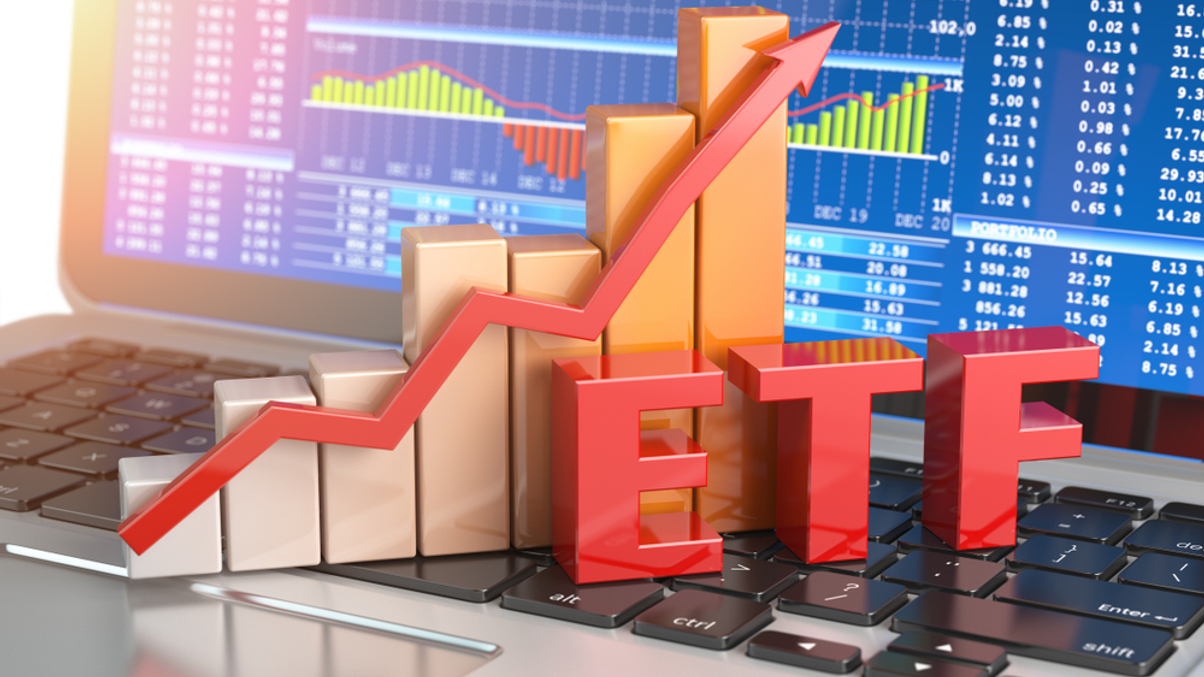Market Views: Will ETFs extend their winning streak in 2024?
ETF demand surged in Asia in 2023. Will investors continue to bet on this investment vehicle this year and if so, what will be the key drivers?

The exchange traded funds (ETF) industry hit a significant landmark in 2023, with assets exceeding $11.5 trillion worldwide.
Sign in to read on!
Registered users get 2 free articles in 30 days.
Subscribers have full unlimited access to AsianInvestor
Not signed up? New users get 2 free articles per month, plus a 7-day unlimited free trial.
¬ Haymarket Media Limited. All rights reserved.


